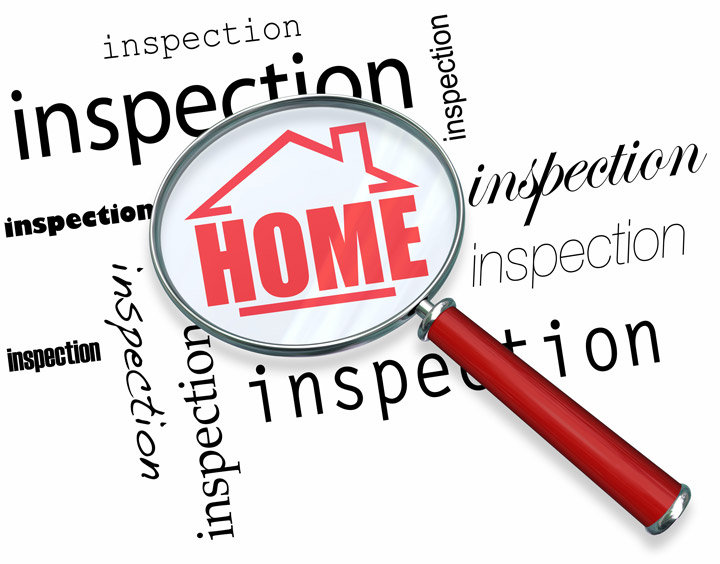
Making Sense of the Appraisal ProcessAcquiring a home can be the most serious investment most of us might ever consider. It doesn't matter if where you raise your family, an additional vacation home or a rental fixer upper, purchasing real property is an involved financial transaction that requires multiple parties to see it through. Practically all the participants are very familiar. The most known face in the transaction is the real estate agent. Then, the mortgage company provides the financial capital required to finance the exchange. And the title company ensures that all areas of the sale are completed and that a clear title transfers from the seller to the purchaser. So, who's responsible for making sure the property is worth the amount being paid? This is where the appraiser comes in. We provide an unbiased estimate of what a buyer might expect to pay — or a seller receive — for a parcel of real estate, where both buyer and seller are informed parties. A licensed, certified, professional appraiser from Golden Rule Appraisals will ensure, you as an interested party, are informed. Appraisals start with the home inspectionOur first task at Golden Rule Appraisals is to inspect the property to determine its true status. We must see aspects of the property hands on, such as the number of bedrooms and bathrooms, the location, living areas, etc, to ensure they indeed exist and are in the condition a reasonable person would expect them to be. The inspection often includes a sketch of the property, ensuring the square footage is correct and illustrating the layout of the property. Most importantly, the appraiser looks for any obvious features - or defects - that would affect the value of the house. After the inspection, we use two or three approaches to determining the value of real property: sales comparison and, in the case of a rental property, an income approach. 
Cost ApproachThis is where we analyze information on local construction costs, labor rates and other elements to calculate how much it would cost to construct a property similar to the one being appraised. This estimate commonly sets the upper limit on what a property would sell for. The cost approach is also the least used predictor of value. 
Paired Sales AnalysisAppraisers can tell you a lot about the communities in which they appraise. They innately understand the value of particular features to the homeowners of that area. Then, the appraiser looks up recent sales in close proximity to the subject and finds properties which are 'comparable' to the home at hand. Using knowledge of the value of certain items such as upgraded appliances, additional bathrooms, additional living area, quality of construction, lot size, we adjust the comparable properties so that they more accurately portray the features of subject.
In the end, the appraiser reconciles the adjusted sales prices of all the comps and then derives an opinion of what the subject could sell for. At Golden Rule Appraisals, we are experts in knowing the worth of real estate features in Edmond and Oklahoma County neighborhoods. The sales comparison approach to value is typically awarded the most consideration when an appraisal is for a home exchange. Valuation Using the Income ApproachA third method of valuing a property is sometimes used when a neighborhood has a measurable number of renter occupied properties. In this case, the amount of revenue the property produces is taken into consideration along with other rents in the area for comparable properties to give an indicator of the current value. Arriving at a Value ConclusionExamining the data from all applicable approaches, the appraiser is then ready to put down an estimated market value for the property at hand. The estimate of value at the bottom of the appraisal report is not always the final sales price even though it is likely the best indication of a property's valueThere are always mitigating factors such as the seller's desire to get out of the property, urgency or 'bidding wars' that may adjust the final price up or down. Regardless, the appraised value is often employed as a guideline for lenders who don't want to loan a buyer more money than they could get back in case they had to put the property on the market again. At the end of the day, an appraiser from Golden Rule Appraisals will guarantee you discover the most fair and balanced property value, so you can make profitable real estate decisions. |